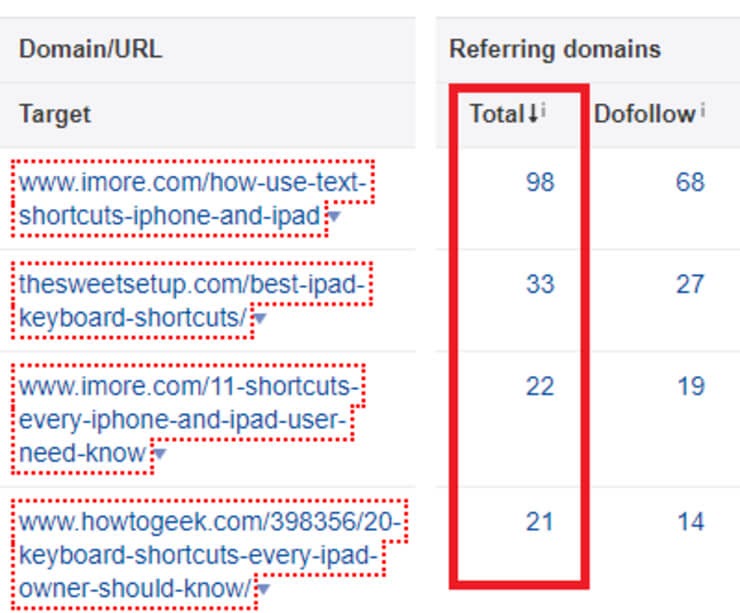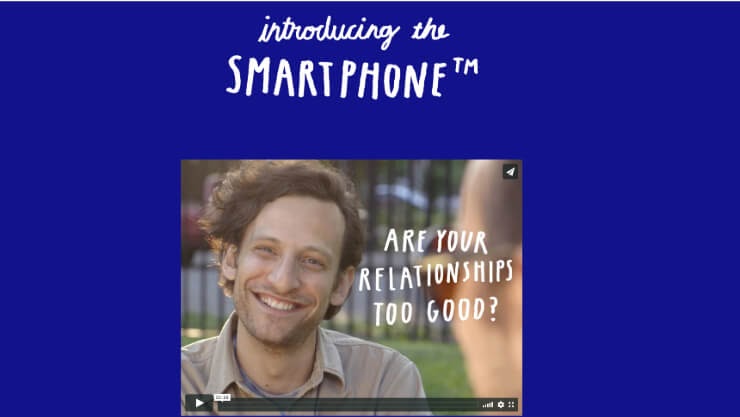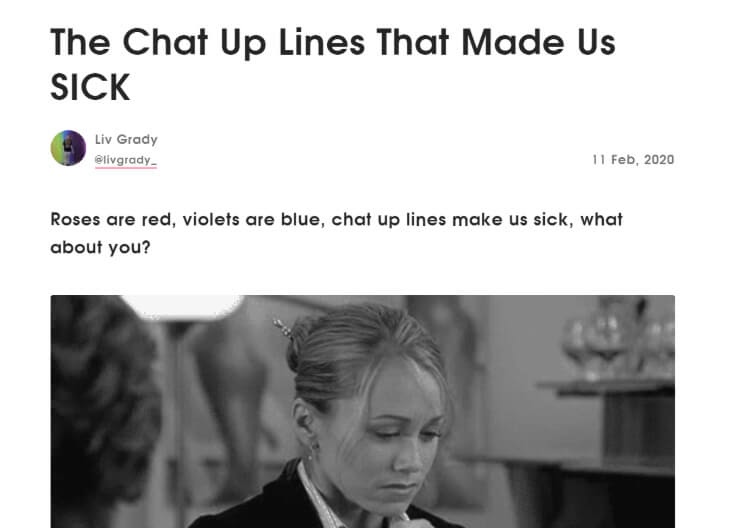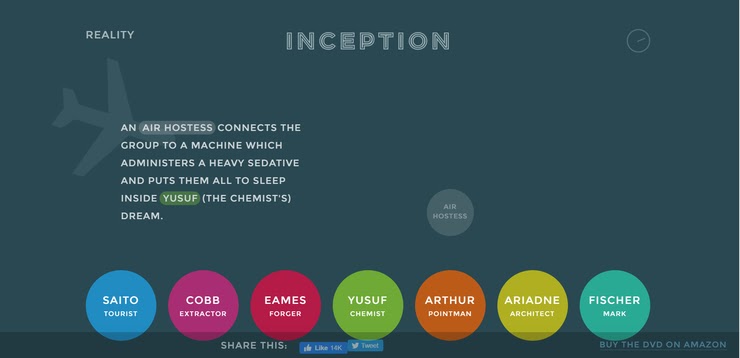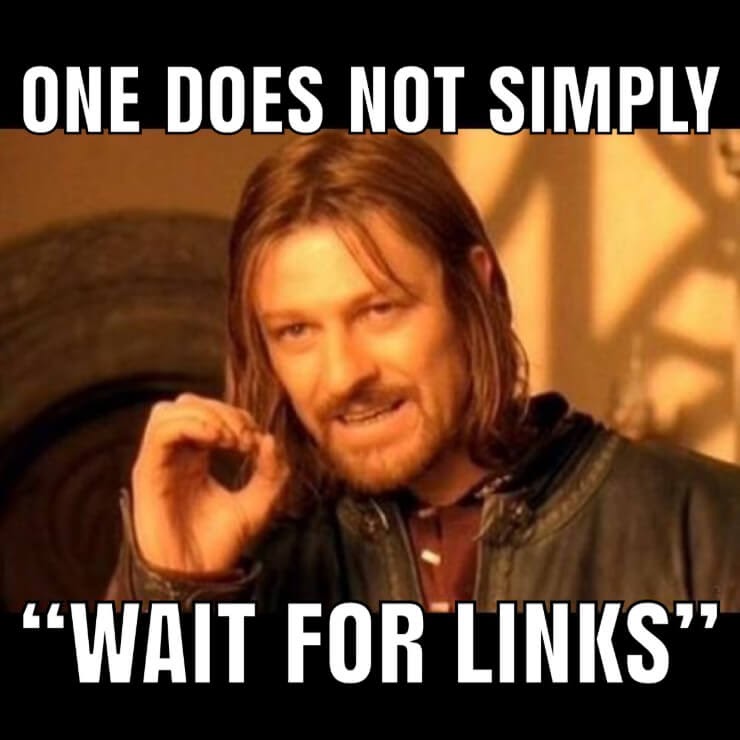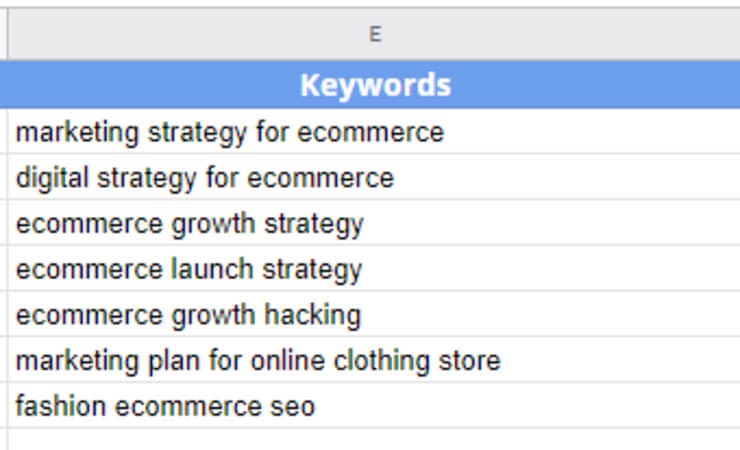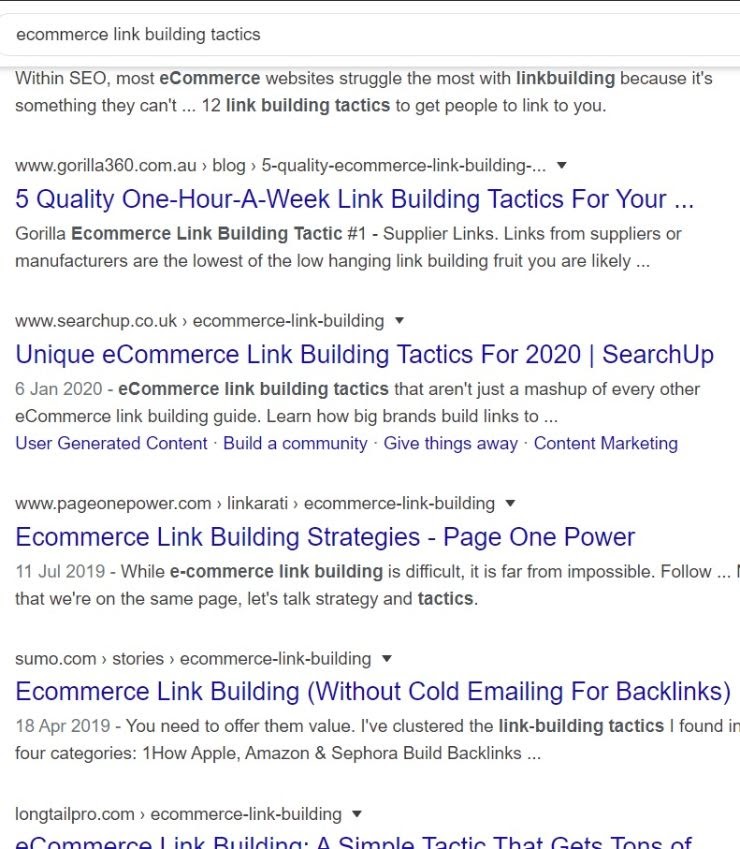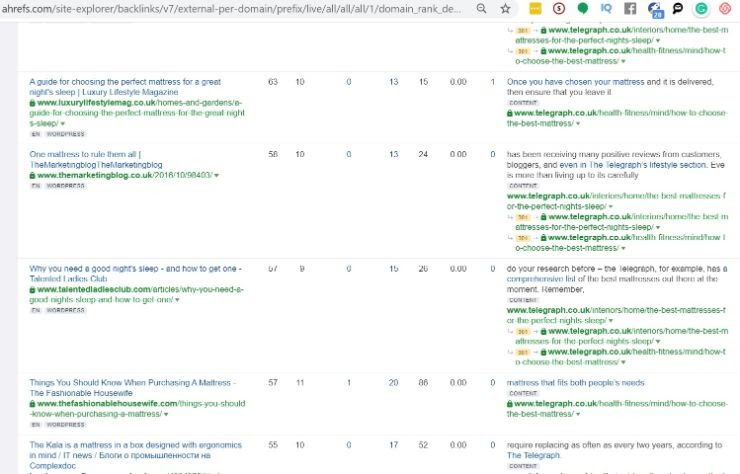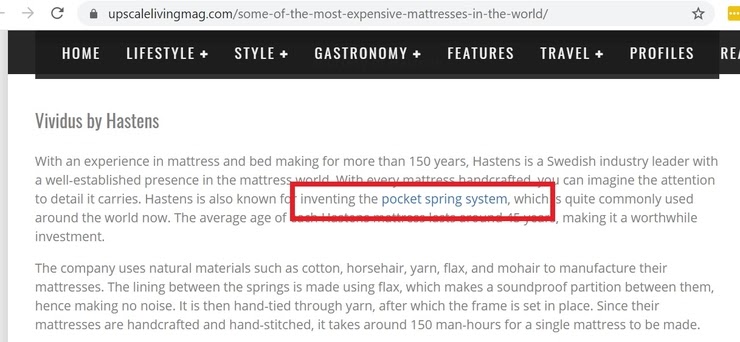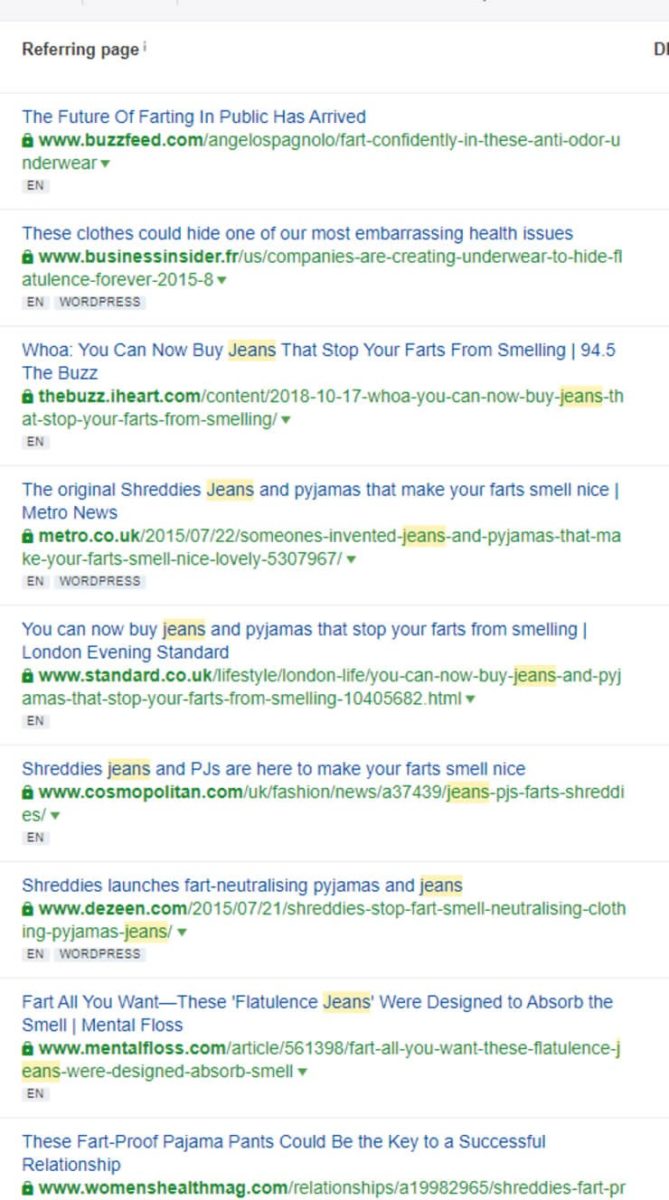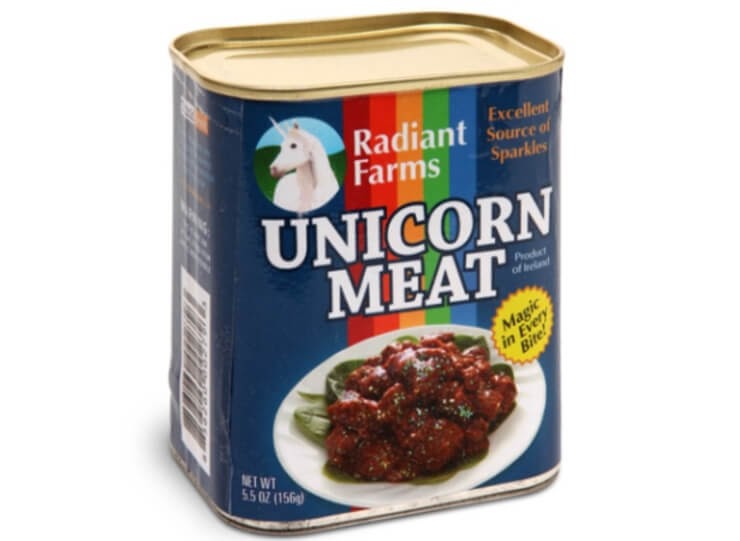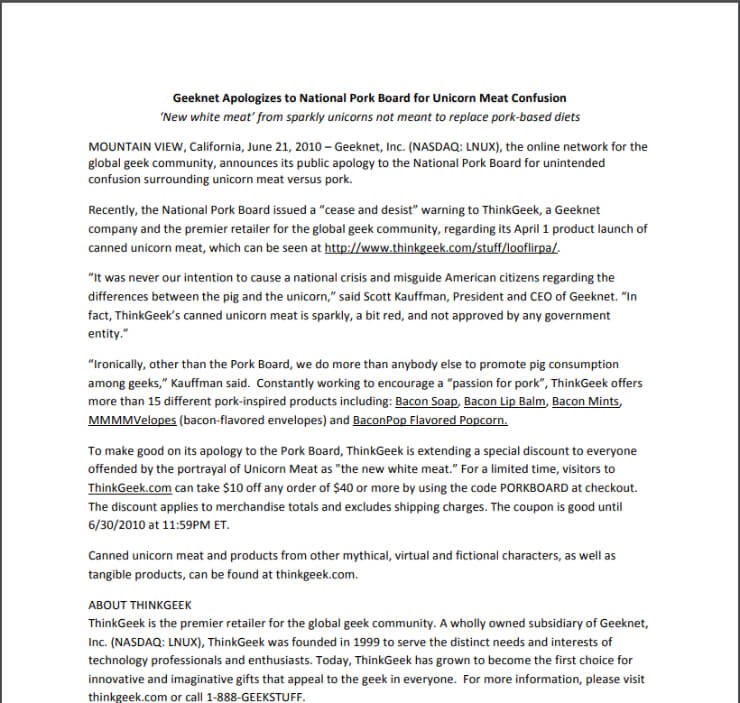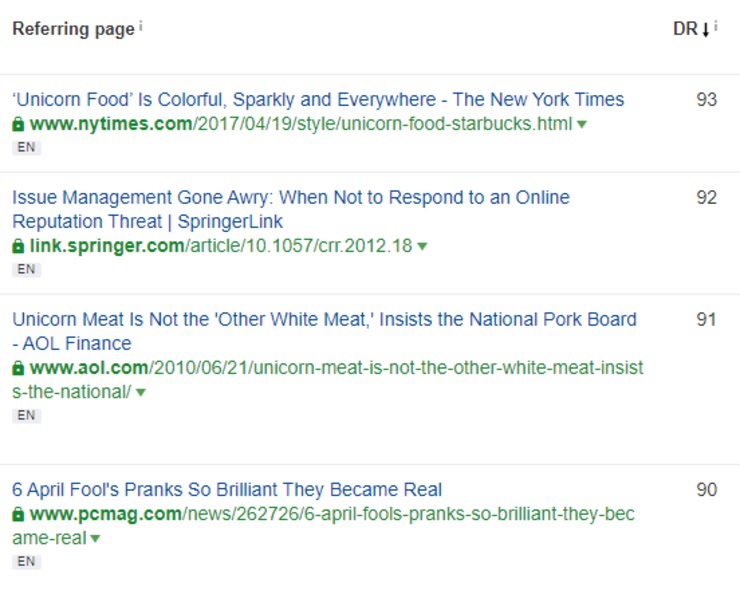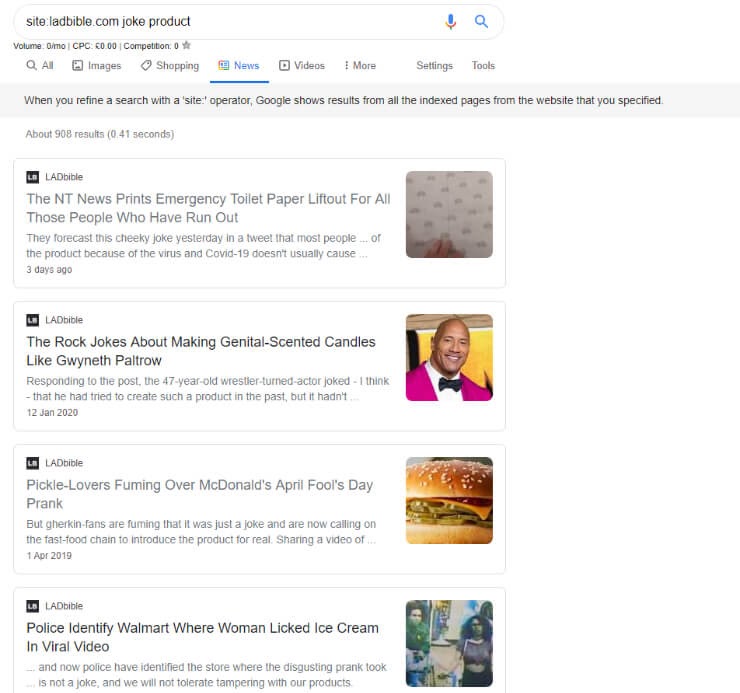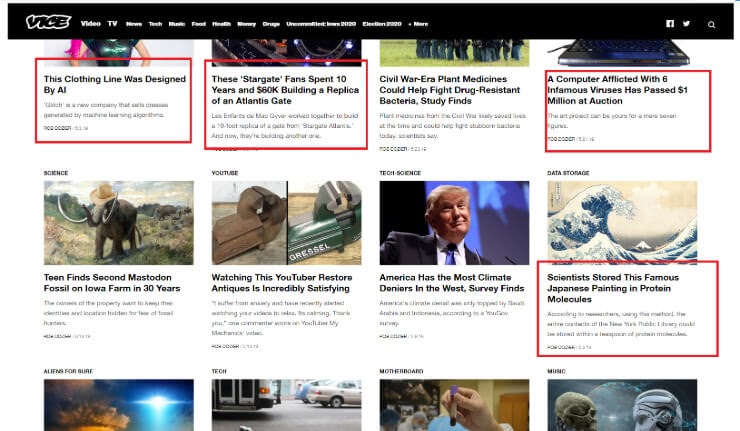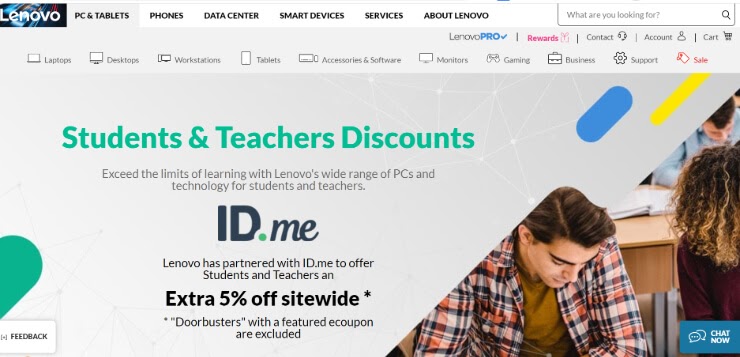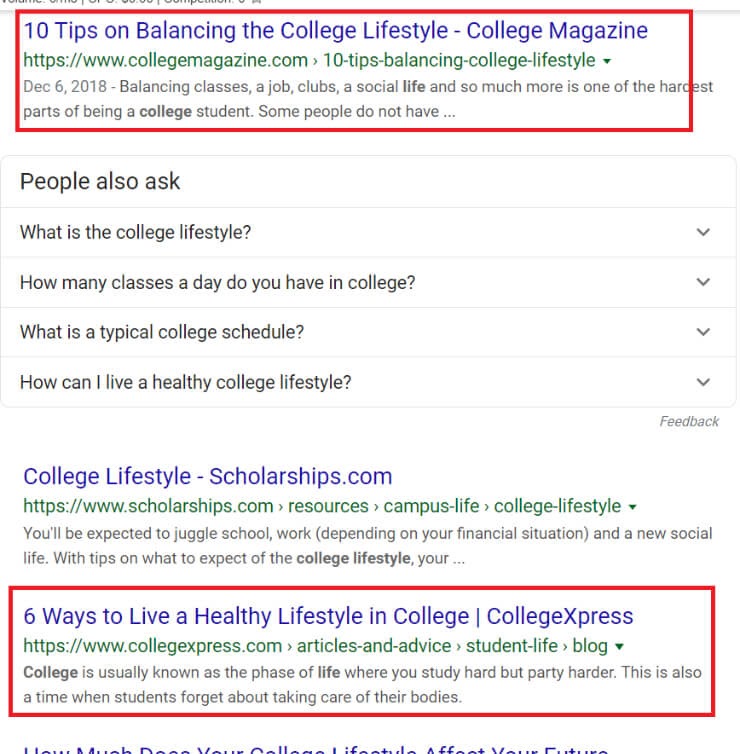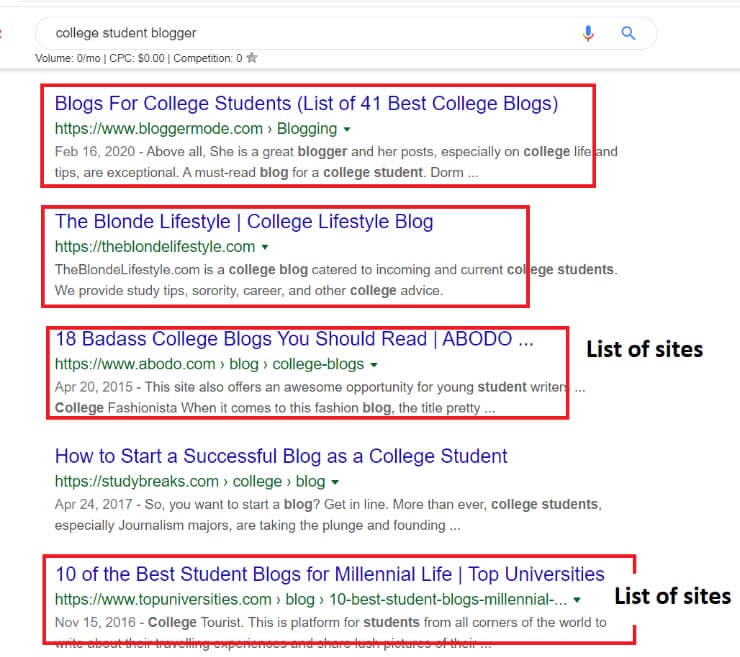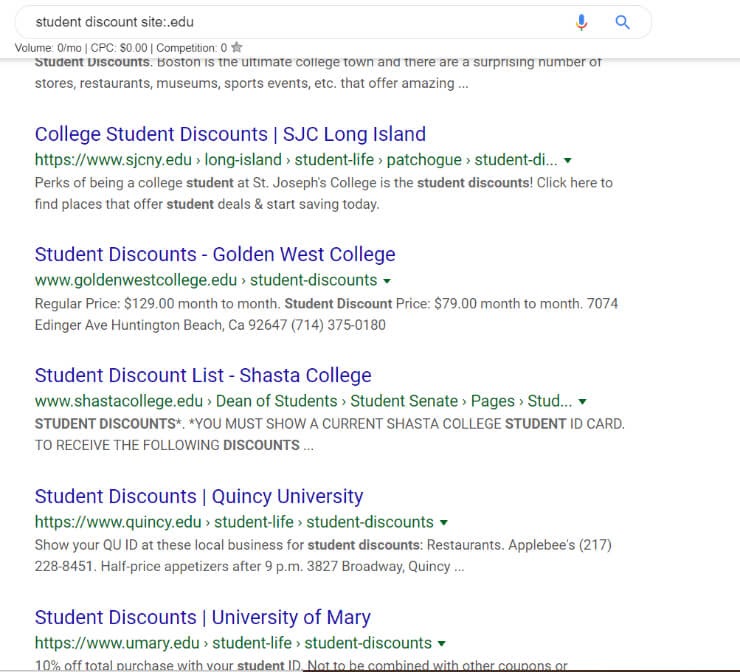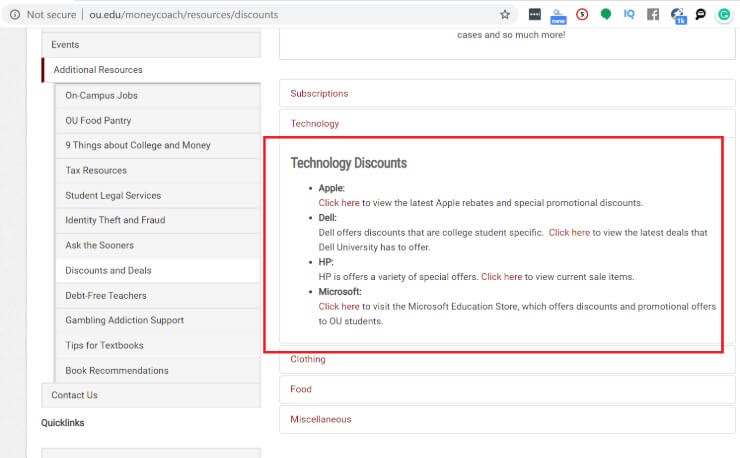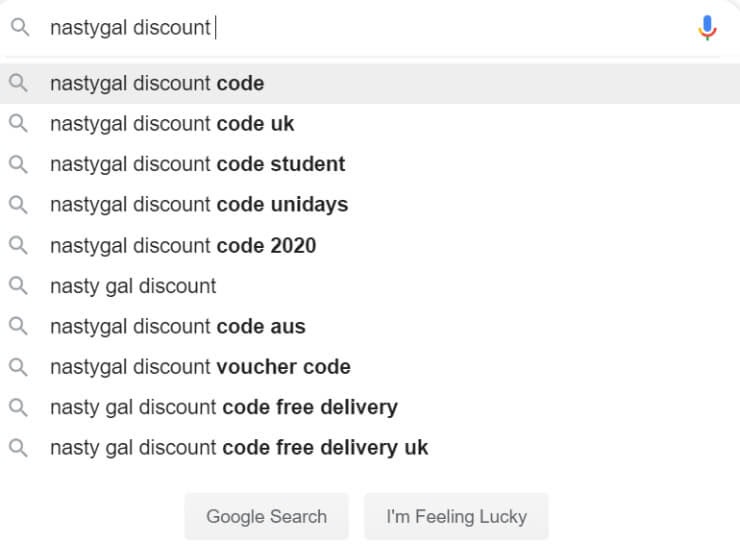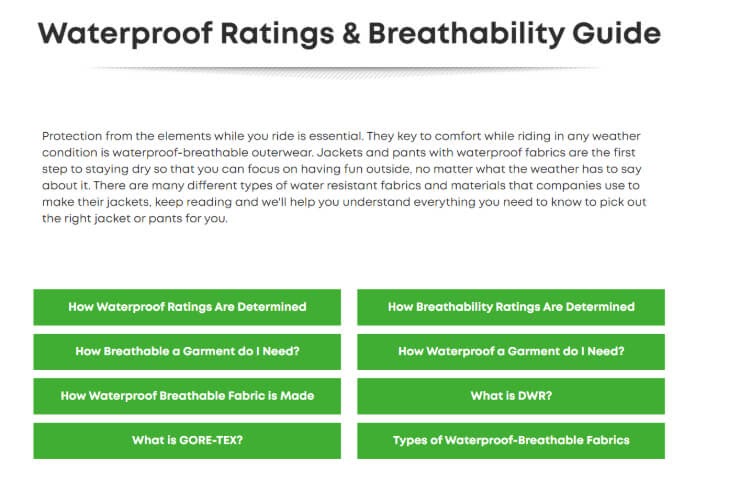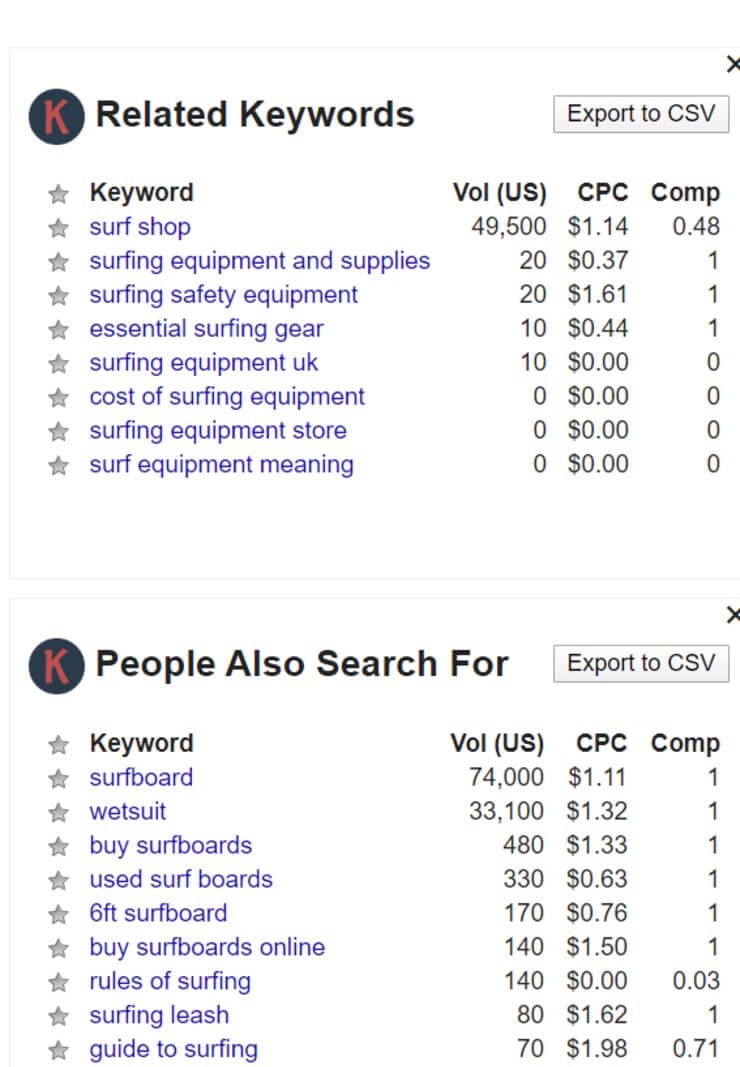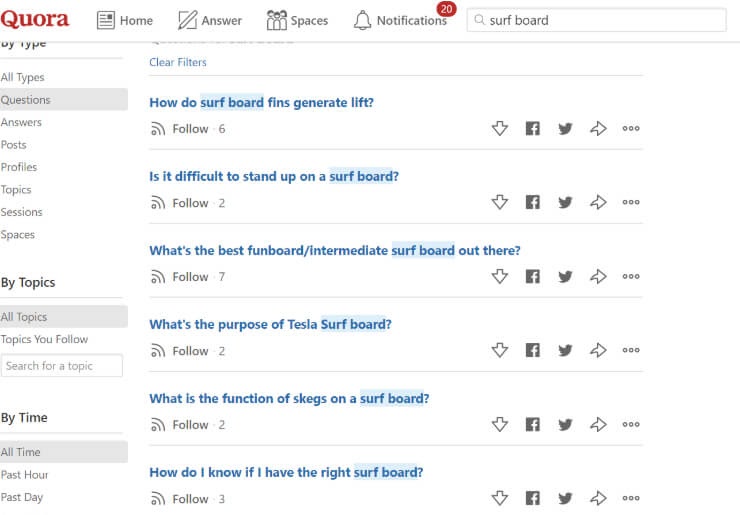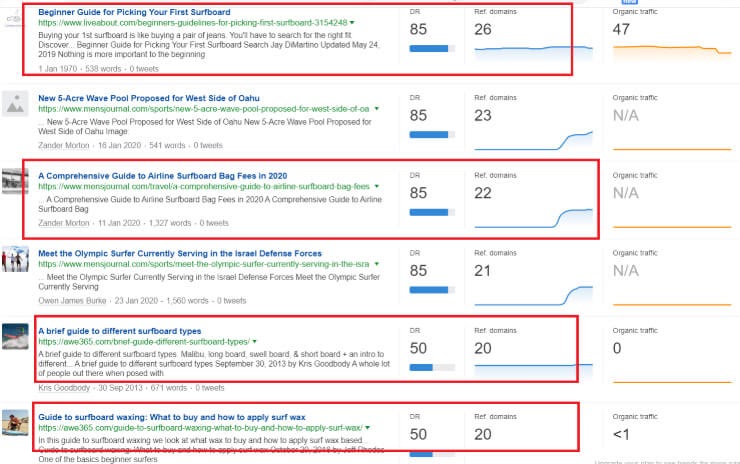If you’re running an ecommerce operation, you may already be generating a lot of business using paid traffic—Facebook, Instagram, Google Ads, or who knows, even Tik Tok! But a successful, sustainable business also needs organic traffic. And that means, you guessed it, SEO.
Don’t get me wrong, paid sources are great if you want quick traffic. But relying too heavily on them isn’t ideal. It requires constant cash flow, for one, and if you rely on one or two sources, you could be putting all your eggs in one basket, so to speak.
For these reasons and more, organic traffic needs to be a priority, especially if you can generate it consistently. And one great source of organic traffic is search engine optimization.
I’m not going to lie; SEO is a pain in the neck! Unless you’re in a super niche market with zero competition, you’re going to need more than just good on-page and technical SEO. If you’re reading this article, you probably have realized that you also need backlinks—quality links to your content from other reputable sources that will increase your rankings in search results.
Links are going to be a big part of the equation if you want to make it into the top search results for the keywords relevant to your business, and as a result, draw more high-quality traffic.
But getting those links is not easy. So I’ve outlined here, in detail, how myself and the team at The Links Guy consistently build heavy hitting links for our clients, allowing them to reduce their reliance on paid traffic and embrace the flow of organic search traffic.
Below, I talk about how to get links by creating high-value content, and finding prospects who will appreciate the content and want to link to it. Each section below will specify a particular type of content and how to find prospects to reach out to. Then, I dedicate an entire section on outreach to those prospects, which will apply to any type of content.
Link Building With 4 Types of Content
-
Informative ‘Link Bait’ Content
I would describe link bait as content produced for the purpose of attracting traffic, engagement and brand awareness, through its ability to earn inbound links. More often than not, it’s a top-of-the-funnel content piece. So, for example, if you have an ecommerce store selling trainers, it might not even be a content piece about trainers or even directly related to trainers in any way.
To make link bait content, you may need to think more along the lines of subjects that are within the interests of your audience, or related to the “culture” of that audience. It’ll attract your target audience, but probably a much wider audience as well.
And remember, these assets are probably not likely to drive a huge amount of direct conversions. However, the point is, it needs to have some kind of entertainment value and/or be remarkable enough that it warrants people linking to it and sharing it with others. Too niche, and there won’t be a large enough pool of websites to link to it.
Content that is informative, but still able to go viral and attract links, can take many forms—infographics, interactive content, or an industry-relevant calculator or tool, for example.
Unfortunately, there is no surefire way to know when a piece of content is going to be a guaranteed hit when it comes to getting links. There is going to be an element of trial and error here.
That being said, there are some common factors we see among content that is successful when it comes to earning links. Getting there could involve one (or more) of the following points described.
Content that is highly visual
Successful content is often quick and easy to consume, maybe even displaying already existing data in a highly visual way.
Here’s a prime example of a great interactive piece from Bloomberg. While a bit morbid, it still has that inherent ability to attract attention and engagement. And all they’ve done is take existing data and present it in a visually intuitive way:
This feature has over 200 links at the time of writing, as well as thousands of shares on social media.
So if you have data, or you could run a survey of your customers, it could form the basis of a successful piece of content. Or you could take existing information that’s out there and free to access, and present it better.
For example, let’s say we had a company that sold consumer tech, or phone accessories, or something similar. And we can see there is content out there from other sites, about iPhone/iPad shortcuts.
Run them through a tool like Ahrefs to see how many links they have, and this gives you a gauge of whether you’d be able to get enough links to your own, better version.
So these four articles have attracted a lot of links between them, relying on publicly available information, but this is the kind of thing someone could make a more visual or interactive piece about.
Here’s an example from FastPrint, which made this interactive tool for Adobe shortcuts that has 75 referring domains at last count. It’s a good example of someone taking info that’s public and already out there, but presenting it in a way that had never been done before.
Content that evokes an emotional response
Anything that is going to evoke a strong emotional response from people is very likely to earn links and be shared. After all, if you see something that makes you laugh or makes you stop and think, we all have a natural tendency to share it with someone else.
So if it’s something shocking, exciting, or thought provoking, these can all work.
Here’s an awesome parody piece created by the brand behind The Light Phone. The light phone is of course aimed at the “digital minimalism” movement. So they made a sales page that poked fun at modern-day smartphones and basically reminded us of all the bad points!
It had 36 referring domains at one point, however the brand has now moved the page to a separate SquareSpace site, which has created a load of broken links (cringe!). That’s a topic for another day though…
Here’s another that was published by MissGuided in the run up to Valentine’s Day.
Nothing really to do with style or fashion, and they probably aren’t going to make many conversions with a piece like this (if any).
But it’s a tickler and perfectly in line with the demographic of the brand’s 16-35 female audience. Plus, in order to gather material for this content, they asked for suggestions from their own audience on Twitter. This content piece has gained links from some high authority UK news sites like The Sun.
Just be careful. If you create something too controversial, or that offends people, it could cause a major backlash! For example, Heineken’s “Lighter is Better” campaign wasn’t very well received, and the company had to issue an apology.
Content related to a news trend
How about riding the wave of what’s trending for your industry or in the news in general? Your brand might even have its own unique take or opinion on the topic, and you could create something around that.
If you’ve seen the film Inception, you’ll be aware of the film’s complexity and despite it being extremely popular, a lot of people walked out of the film and still didn’t fully understand it! So the guys at Togethera capitalized off the success of the film and the hunger of film buffs everywhere, by creating “Inception Explained” which uses parallax scrolling and is a well-constructed content piece. Even now, it still has over 344 referring domains.
Content that is a useful tool or widget
This is a great option, and while it might require a lot more input (and potentially having to hire an expert to develop it), creating something like a calculator or a widget that your audience can use is a great way to get links.
If it’s something that an even wider audience can use, that’s even better, and an opportunity to pick up a lot more links.
Here’s an example from Shopify, which created a very simple gross profit margin calculator.
Fairly simple tool, but has 55 referring domains and that single page alone gets between 4,000 and 5,000 organic search visitors a month (according to Ahrefs).
First steps to getting links to your informative ‘link bait’
So once you’ve picked your piece and gone off and made it, is it a case of publishing it, sitting back, and waiting for those sweet links?
Unfortunately not.
I mean, if you have a good social following, have existing relationships with some influencers, and have an existing network, you could probably acquire some links naturally without much effort (especially if the content is really, really good).
But it definitely pays off to be a lot more proactive, so here are a few ways to find good link opportunities.
Prospecting for targets
First, create keywords associated with your content piece, and use these to find other content pieces that are related to your own. The idea is to then reach out to those websites and ask for them to link to your content, from theirs (this is prospecting).
You can start with a main keyword and use tools like Keywords Everywhere or AnswerThePublic to generate a list to use in the prospecting stage.
So, for example, this content piece you are reading right now is about “Link Building for Ecommerce Brands.”
And some obvious keyword ideas we’d use would be these.
However, if you want to expand your pool, get more creative and think of keywords adjacent to the obvious ones. So I’d also think of keywords like:
Key thing is, when you are prospecting with these keywords (whether it’s manually or using a tool like Link Prospector from Citation Labs), you need to focus on relevancy when identifying which websites to reach out to. And you would obviously need to disregard results like Amazon, Pinterest, any direct competitors, or existing news articles (although journalist contacts can be useful, which we’ll discuss later).
So for instance, with this keyword, I’d pick out the following results, as they seem the most suitable:
And then it’s a case of finding a relevant person to contact and finding their email address. If it’s a larger publication, we’ll often contact the designated editor or content manager.
Finding targets by analyzing links to similar content
One good way of finding websites that are likely to link to your content is to pick out pieces of content that already exist that cover the same subject and are good enough to have their own links. Take those other pieces of content and run a backlink analysis on them.
For example, say we’re working with this piece about “pocket spring mattresses.”
We could find other highly linked/shared content that talks about mattresses and pocket spring mattresses by just running a simple Google search for the term “best pocket spring mattress.” On the first page, we find one article from The Telegraph, which has over 49 referring domains and talks about “How to Choose A Mattress.”
We can run a backlink analysis of that page and pick out suitable pages where we feel we could also get a linked mention.
Now, where the article talks exclusively about their piece or brand, we obviously wouldn’t be able to get a link. So use your judgement here and think about the places where a link to ours would complement it.
For example, that Telegraph article I mentioned has a link on Upscale Living with the anchor text “pocket spring system:”
And while it does kind of mention pocket springs and which mattress company invented it, it doesn’t really explain what they are and why they are so important to making high-end, comfortable mattresses. That’s where we come in! So record this URL, find an appropriate contact (by looking at their About page, Contact Us Page, or by using a tool like Hunter.io) and continue through the rest of their link profile.
Once you have direct email contacts collected for each site, you can begin the outreach process. We’ll discuss that in more detail later in this article.
Running a press release to promote your content
If your content includes unique research or incorporates results of a survey that can generate great headlines, consider writing up a press release to get it picked up by journalists. Syndication services like PR Newswire are one option, but bear in mind that, while you get a link by releasing it on a service like that, it’s not a particularly strong link and probably won’t have much SEO value. The value lies instead with the fact that a journalist might then pick it up while they’re looking for stories, run an article mentioning it, and include a link.
A better option than posting it on a PR platform, however, is to produce your own list of journalists working at relevant news sites and sending the press release directly. This means they don’t have to trawl through loads of press releases to find yours.
2. Weird or Joke Product Pages
Humor is a great emotion to play with in your content. When we see something funny or silly, we’re kind of hardwired to tell others and share it with them.
And one great way for an ecommerce business to use humor is to create a product that grabs a lot of attention. This is also a form of link bait, however, it doesn’t necessarily need to be as informative as what I described in Section 1. You have permission to get a bit silly here!
Think of it almost like a publicity stunt. Do you offer any products that might have a humorous twist or angle? Or anything you can create that is extremely unique, or rides the wave of a recent news trend?
What kind of products work for this?
This could work with any product that has a humorous element or might get people to laugh with the right presentation. Parody or gag products can work well (a bit like the one from Light Phone), or it might be an actual product you offer that is extremely unique to you.
For example, Shreddies released a line of “flatulence jeans,” a real product that filters out smells and could help a lot of people with real medical issues.
Even so, there is still obviously going to be a humorous aspect when selling fart jeans! So they were successful in getting a lot of coverage and links on news sites around the world, like Cosmopolitan, Women’s Health, Buzzfeed, and more.
There’s also the classic ThinkGeek “unicorn canned meat” (they were acquired and the website is no longer active). When the site was live, this April Fool’s joke helped ThinkGeek get links from around 1,000 referring domains.
They even got a cease and desist letter from the National Pork Board (who seemingly didn’t realize it was a fake product) and created a parody apology letter! (You can still see it on the Wayback Machine archive.)
ThinkGeek then leveraged this apology letter and got even more links from the likes of the New York Times, and was referenced on a corporate study on Springer.com.
And if you think your products or business are not exciting enough to do this kind of content, think again. Even a company that sells food blenders did it. Look at what Blendtec did with its site, Will It Blend?
They created a series of YouTube videos where they see what happens when they blend everyday objects, everything from iPhones, to Justin Bieber merchandise, to golf balls.
They’ve effectively used the hook of curiosity to create some pretty funny videos. They created a whole new site for this as well (which has links from over 6,000 referring domains).
But, of course, the site links back to the company’s main website and products multiple times, meaning they can then pass the authority from those links through to the main site.
First steps to getting links to this content
When you’re trying to build links for more informative content, we can go down the route of doing manual prospecting and trying to find individual pages where our link would fit in well.
But for these weird product pages, that gets a bit more difficult, since we have what could be a very unique page. There may not be many existing pages out there where a link to the product would make much sense.
So, to get the most bang for your buck, identify specific journalists at these big publications that you think would have the most interest in your product or idea. These could be news tabloids, sites like LadBible, Vice, Cosmopolitan,TechCrunch, GQ, etc.
Getting a hit on one of these sites can help your link spread fast, and once a few of the bigger sites have covered it (and preferably linked to you as well), you’ll see other journalists covering it also.
We had a similar experience with a brand where we reached out to a journalist at a men’s publication. They did a quick phone interview, and we got a full feature and branded link. That one bit of outreach then led to it being covered on UK news sites like the Sun, Daily Star and The Mirror, without us having to do anything.
Step 1: Find your ideal journalist
Depending on what you’re talking about and what your brand is all about, there are likely going to be journalists at the big publications who have written about something similar, or are covering things within the sphere of your niche.
I like to target some of the internet’s most popular sites, which cover viral content, trending stories, etc. BuzzFeed is probably the biggest of these, but there may be other viral sites for your region or target demographic.
So let’s say we wanted to target the demographic of males aged 20 to 35. One obvious one that I always turn to is Ladbible.
Here’s an example of how we’d find a suitable writer on LadBible for covering humorous or newsworthy products. So I ran a search for:
Site:ladbible.com joke product
(If you put site: in front of the website and keyword when searching in Google, it will return all of the pages on that site that relate to the keyword.)
I got the following results:
Now we can see the range of things being covered, everything from the McDonalds “McPickle” burger, to the creme-egg flavored mayonnaise.
Two names seem to have been popping up over the past year. Try to stick to the journalists who’ve been covering similar stuff recently. If you go too far back, their job role may have changed, or they may have since left that publication.
So I would note their names for potential outreach.
What about the Gen Z or millennial demographics? Vice is a stand out choice there, so let’s have a look.
I found this article about a PC made out of pasta. Pretty ridiculous right?
It seems this journalist might be interested in covering this kind of stuff, so if we do more digging, we can see he’s had quite a few articles where he’s covered “techie” products that are on the unusual side.
If what we’re doing matches up, note the name down for later.
Repeat this process for other major publications that have teams of journalists/editors, basically just trying to find people who would vibe with the content you want to promote. No point reaching out to anyone and everyone. We want to get a lot more targeted here, and build relationships with the people who we think it would resonate with.
Step 2: How to get their contact details
Now, you may get lucky and find your target’s details on their author profile. If not, there’s a few things you can do here.
Check media lists – Gorkana is an example of a media database that has the info of thousands of media contacts. However, tools like this are pretty expensive and in my experience, even these won’t have every journalist in them.
Use tools like VoilaNorbert, Hunter.io – They don’t work 100% of the time, and in my experience, can give inaccurate results on occasion, but paid tools like these can be a time-saver in the long run.
Look at their social media – If they display social media accounts on their author profile, click through and they may have placed their email on their bio, or within their own tweets (sometimes I’ve seen journalists and editors tweet their email to someone asking for it).
Personal websites – Sometimes you’ll find the writer has their own personal website, and will have the email in plain view on the homepage or a contact page.
Guessing (last ditch attempt!) – If you’re struggling then try guessing combinations like:
FirstName.LastName @ (Domain of website)
FirstName@(domain of website)
First Initial.Last Name @ (domain of website)
Each publication will often follow a similar pattern for all employees, so once you’ve got a good idea of what it would be (in theory), you can test it using tools like mailtester.com to ensure it is in fact a valid email.
Stay tuned for more on outreach…
3. Having a Sales/Promo Page
Everyone loves a bargain, so having a page dedicated to sales, promos, or discounts makes for a great asset you can use as leverage when building links.
Depending on exactly what you sell or who your target audience is, you may want to have targeted discount pages, such as for military veterans or students, for example.
But having one central point for your discounts and deals offers a great advantage, both by making things easier for your audience and offering one central point for people to link to and share.
Here’s an example from Lenovo:
This is a discount page aimed at students and teachers and has over 300 referring domains linking to it, including a mixture of high authority publications, university sites, couponing sites and blogs aimed at college students.
First steps to getting links to this content
So, once you’ve got your discount page and audience in mind, the next stage is to pinpoint sites that will have this audience and get links from them.
So let’s say, hypothetically, we were building links to that Lenovo student/teacher page. One option is couponing sites, which could offer a good backlink. But you’ll also want to think about sites where you’d be likely to drive students or teachers to your page (as well as get a valuable link).
Student News/College News – Run a search for “college lifestyle” and you’ll pick up a few sites like these. Could be room to write a small post about it, or they may have a page specifically for discount pages like yours.
Student Blogs – Search terms like “college student blogger” or “college student blog” will uncover some smaller blogs. You might even find some lists that other people have compiled.
Now we’re moving more toward influencers or micro-influencers. However, they are still highly relevant links. Get enough of them and the results can compound. Not to mention, bloggers tend to be highly active on social media and you could pick up additional traffic/brand awareness through that social media promotion.
Colleges/Universities – How about links directly from the colleges/schools and universities themselves?
Edu domains (or .ac.uk if you’re in the UK) are high authority and therefore quite powerful links. Not to mention there is sometimes a resource page for staff as well as students, so you could bring in business from teachers as well.
Using a keyword, combined with an advanced operator of “site:.edu” will be helpful, and a simple search of “student discount site:.edu” brings up countless opportunities.
A good fit for Lenovo’s discount page on Oklahoma Uni.
And you can repeat the same for search queries like:
“staff discount site:.edu”
“Teacher discount site:.edu”
“employee discounts site:.edu”
You can apply these same techniques to any audience you’re trying to target. It all depends on who your target customer is.
Use this in your prospecting process to find the existing resource pages you’d like to get a link on. Or get in contact just to build a relationship, and then after your initial outreach, negotiate with them on how best to incorporate a link to your discount page.
Whether you’re reaching out to bloggers or to the digital editor at a university, good outreach practice still applies. Coming up soon!
Bonus tips for your discount/promo page
Try to keep your discount page a static URL (don’t change it), as once you’ve built links to that page, if you change the name, you’ll end up with loads of broken links—and then you’ll have to fix it!
So keep it the same, and just update the page according to what new deals there are, or if it’s a Christmas Promo, or Black Friday, or whatever it is at that time.
And don’t ignore your on-page SEO factors as well. Incorporate suitable keywords, make sure the page is indexed, etc. Not only could it be an asset for attracting links, it could also be a source of its own organic search traffic.
Just to illustrate that point, here’s an example of the fashion brand NastyGal, and the associated “discount” keywords people are actively searching. So this brand would ideally want their own page showing up high in the search results for such terms.
4. ‘Niched-up’ Blog Content
Another great approach to creating link-worthy content is having a blog or article section, which is very much tied in with the concept of making content that is actionable and/or valuable to the intended audience.
The mistake I see many ecommerce brands make with their blog section is focusing too much on content that just promotes their products. In a way they’ve “niched down” too much by doing that. And (unless you’re Tesla or Apple) there won’t be many people who are going to link to an article that just shows you talking about how amazing your product is!
So we tell all clients that they need to create content that’s going to be (a) useful to your target audience or a much wider audience and (b) useful enough to other people that they would want to link to it as well.
Examples of good blog content
Evo (who sells outdoor clothing) has a whole section of “Buyer’s Guides,” and one example is this guide to waterproof/breathable outerwear, with 148 referring domains.
It’s a comprehensive piece that covers all the points around how waterproof ratings are determined, different types of materials, and there’s even a comparison between different outdoor fabric technologies. While there are some mentions or links to products they sell, it isn’t overly advertorial either. Sure, that page most likely will not have a high conversion rate, but remember the primary purpose of this content is to provide value and attract links.
Buffer has this down to a fine art with its content strategy. They cover a range of topics and even allow outside contributors to guest post. Looking at their “Resources” section alone, they have over 24,000 referring domains.
How to generate content ideas for your blog
While there will need to be an element of brainstorming involved and knowing your target audience and wider audience, you can get some clues by seeing what’s already out there.
A few ways you can get ideas include using some head keywords (the obvious ones associated with your niche/industry), using tools like Keywords Everywhere and AnswerThePublic to generate more keywords, and run searches manually. Note down content ideas that would fit and that you think you could either match or beat in terms of value/quality.
For example, let’s say we have an ecommerce brand that sells surf wear and surfing equipment. Running a search for the term “surfboard shapes” uncovers some useful articles. This term has search volume as well (1,300 searches/month), but don’t worry too much about this. The main focus is to create content that has value, and some keywords you use may just have fairly small search volumes.
Quora is also useful for generating content ideas. For example, running a simple search for “surfboards” brings up all these questions. If there are people asking these questions, there could possibly be even more people who would be interested in seeing content about these topics.
Ahrefs Content Explorer is another powerful tool, good if you want to also get a quick overview of how much traffic, links, or social shares those articles are getting.
First steps to getting links to this content
There are a couple of approaches you can take here, which are already mentioned in Section 1:
- Prospecting for content that talks about crossover subjects
- Backlink analysis of similar content pieces
Both of these methods will work particularly well here. Well-written and valuable blog content is probably not going to go viral. And you may be unlikely to get coverage on Forbes because you’ve written a buyer’s guide to surfboards!
But, links on smaller to medium-sized blogs and niche sites are still extremely valuable because of the topical relevance and the fact it can even drive some relevant referral traffic. So, this more conventional approach of “providing valuable content that’s relevant to your audience” is more basic, but still well worth doing.
Doing the Outreach
Hopefully, you’ve got a good idea from the previous section of the kind of content you should be creating, and where you could be getting links from and whom to reach out to. Now it’s time to actually reach out!
So the key thing I always say when it comes to doing outreach is to not overcomplicate this part.
Now, you could template your email, make a mini kind of “press release” talking about the piece and what it’s about, and send it out that list of targets you’ve created.
And this certainly can work, if you treat it as a sheer numbers game. But this “spray and pray” technique isn’t the way I do things, and you can quickly churn through a list of targets with a low rate of response if you do it this way.
So I’m personally a fan of doing smaller amounts of outreach, but having a very targeted approach.
Ditch the Spam and Get Personal
From what I’ve seen doing outreach over the years, your results will go up considerably the more personalized you get with each and every target.
Sure, have a rough template by all means, but the more personalized you get within each email (and the less you sound like a robot and every other “link builder”), the more likely you’ll get their attention.
(I took that same approach when contacting Foundr’s editor, Jenna, and it worked out OK for me! This was the page I looked at before I reached out with my pitch.)
Look at the articles they write, look at their social media profiles to get a feel for what they’re like, if they have certain hobbies or are crazy about a specific sport or something.
Have they written about something that resonated with you, or is it something you have particular expertise on? If it’s appropriate, use it within the email or as a hook of some sort.
Just don’t use generic statements like, “I love your site and have been following you for years.” Everyone says that, so you can sound a bit fake. Even if it’s true, the key is to get more specific.
Anatomy of a Successful Outreach Email
I’m not just saying this. I’ve used this same approach to land links and coverage with hundreds of websites every month. We even used this very targeted approach to land Ja Rule’s ICONN app coverage on Forbes.
(This is the actual email we sent, which got us a call within six hours with a decision maker at Forbes, which led to a subsequent speaking engagement, publicity, getting featured on the site, and over 250,000+ social media views.)
Here’s an anatomy of how this outreach email was constructed. It was based on a basic template, but this was adapted in parts and sent to a specific person who I thought it would resonate with.
Importance of Follow Up
Don’t be disheartened if someone doesn’t reply to your first email. It doesn’t always mean that your email was bad or that they’re not interested. People are often just busy, and even when I’m building links, the majority of the links I build for any campaign will come from the follow up (I’d estimate over 50% of them).
A short and generic follow-up can work, but don’t be afraid to get a bit more personalized or clever with your approach here.
Here’s an example of a follow-up email we sent to the CMO of a protein supplement company, when he didn’t reply to our initial email. It’s an obviously bad joke! But it broke the ice, got our foot in the door and a call with him that day.
So as you can see, don’t be afraid to inject some personality into it. Following templates is only going to restrict you and you may run the risk of it sounding a bit spammy.
But, there’s some good practices you can follow when it comes to doing outreach (this works whether it’s the owner of a small blog, a journalist or an editor). Someone just as good at link building as me, David, has some great tips in Step 4 of his article.
The Links You Build Will Only Be as Good as Your Content
The key thing to think about is this: Content strategy done right (as described here) is all about the human value behind it.
Couple these well-conducted outreach techniques, and you’ll be well on your way to building strong, authoritative links.
And when you do this over time, and build more and more links, you’ll see the results start to compound.
The overall authority of the site will increase, which of course, means hitting your long-term goals of better rankings and more organic search traffic.
This article should give you plenty of tips if you’re trying to build high quality links for your ecommerce site.
Please leave a comment below if you’ve got any questions, or if you’ve had some success doing this with your own company. We’d love to hear them.
Happy link building!


